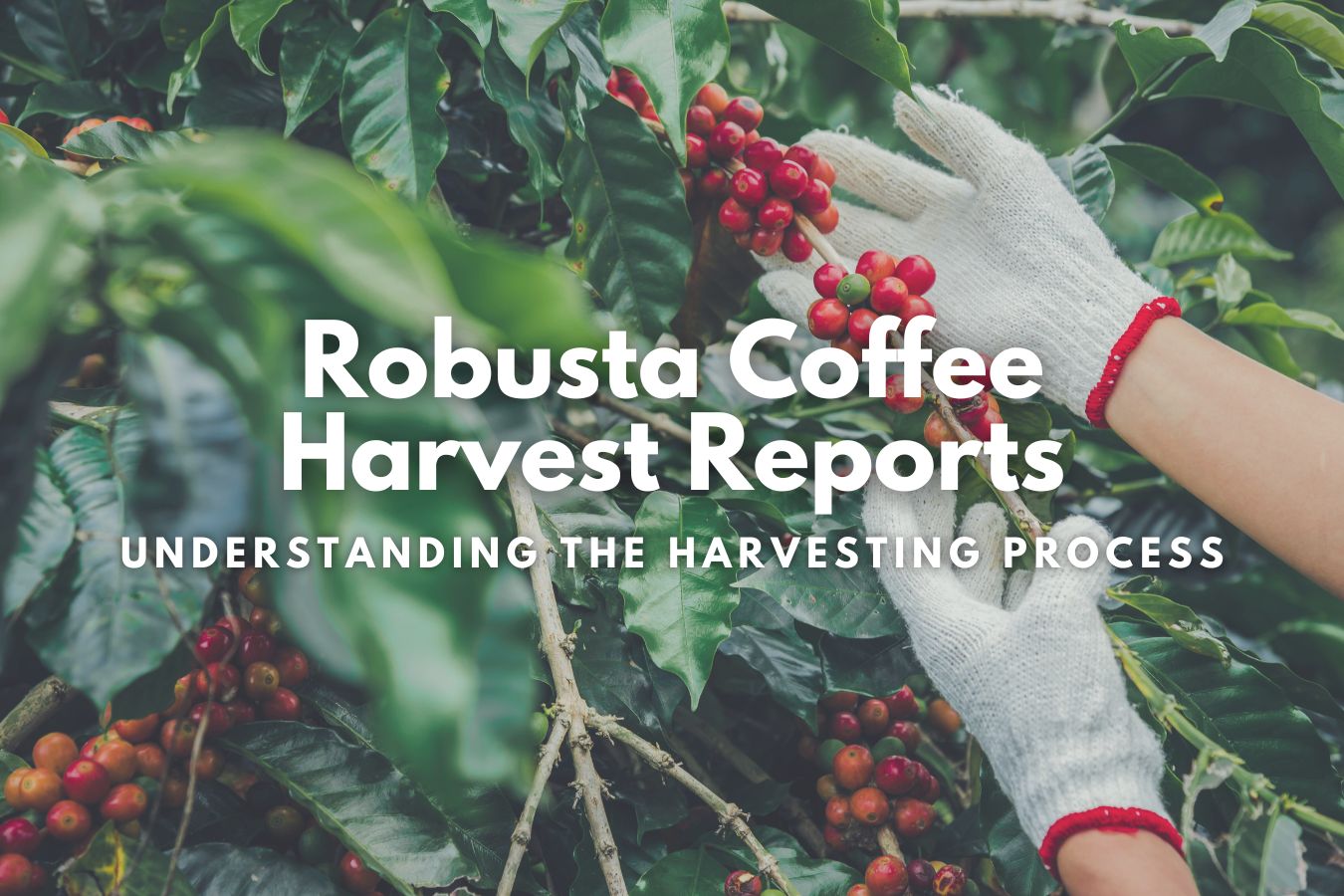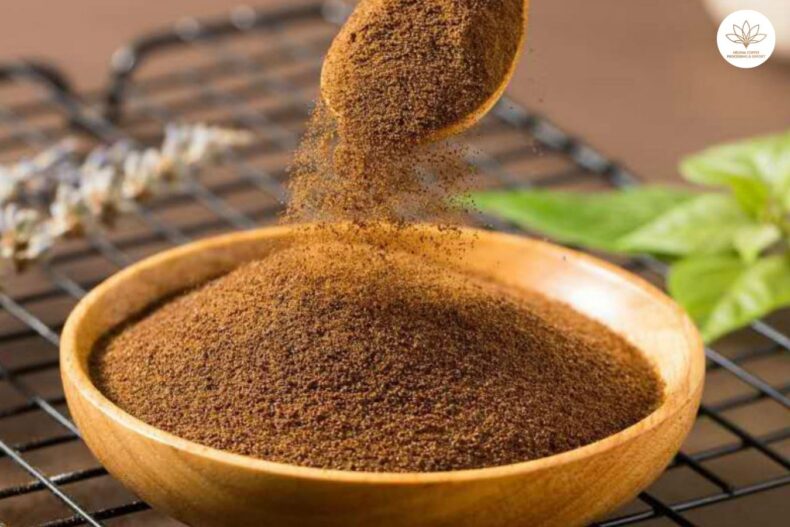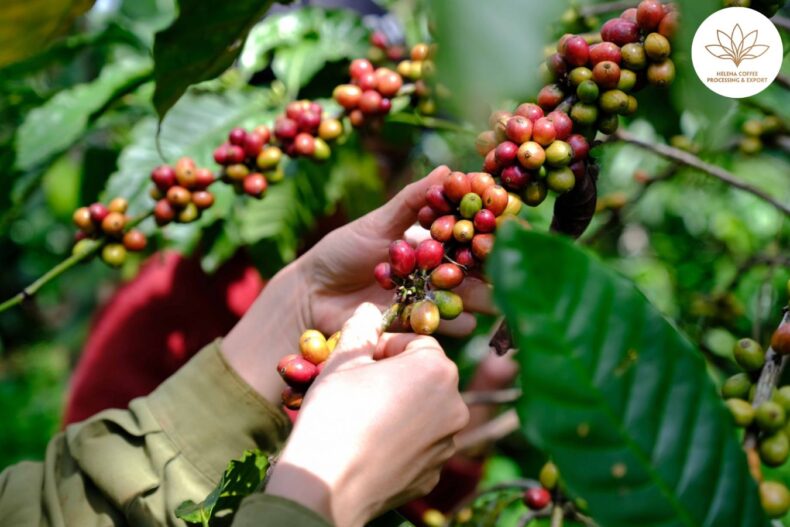
Are you a coffee enthusiast looking to understand the harvesting process of Robusta coffee? Look no further! This article will deeply dive into Robusta coffee harvest reports and explore everything from the growing process to the final harvest.
Robusta Coffee Harvest Reports
Robusta coffee is a popular variety known for its strong and distinct taste. It is grown in many countries worldwide, including Brazil, Vietnam, and Indonesia. The Robusta coffee plant is more robust than other coffee varieties, making it easier to grow in harsher climates.
The harvesting process for Robusta coffee is a delicate and time-consuming process that requires expert knowledge and precision. Farmers must ensure that the coffee cherries are picked at the right time and processed correctly to produce high-quality coffee.
Robusta coffee, a hardier and more disease-resistant coffee variety than Arabica, is primarily grown in lower altitude regions across Africa, Asia, and South America. The harvest reports for Robusta Coffee can provide insights into the factors affecting its production and the overall market dynamics. Some of the critical factors to consider when analyzing Robusta coffee harvest reports include the following:
Weather Conditions
Like Arabica coffee, weather conditions significantly influence the Robusta coffee harvest. Although Robusta coffee can tolerate higher temperatures and lower elevations than Arabica, it still requires a specific range of temperature, rainfall, and humidity for optimal growth. Unfavorable weather conditions, such as droughts or excessive rain, can lead to lower yields and reduced quality.
Pests and Diseases
Robusta coffee is generally more resistant to pests and diseases than Arabica coffee but is still susceptible to specific issues. For example, the coffee berry borer and the coffee leaf rust can damage Robusta coffee crops, decreasing yields. Farmers can use various pest and disease management strategies to minimize the impact on their harvests.
Labor Availability
As with Arabica coffee, Robusta coffee production is labor-intensive, relying on manual labor for tasks such as picking, pruning, and sorting. Labor shortages, whether due to COVID-19 restrictions, migration, or other factors, can affect Robusta coffee production. Deficiencies can result in delayed harvests, lower yields, and increased labor costs.
Political and Economic Factors
Political and economic factors can also impact Robusta coffee harvests. Political instability, trade restrictions, or economic downturns can disrupt the production and supply chains for Robusta Coffee. These factors may affect the availability of resources, the price of coffee, and the overall production levels.
Climate Change
Climate change can lead to extreme weather conditions, negatively affecting Robusta coffee crops. Changes in temperature, precipitation patterns, and the frequency of extreme weather events can make it more difficult for Robusta coffee farmers to maintain optimal growing conditions, potentially resulting in lower yields and shifting coffee-growing regions.
In conclusion, the Robusta coffee harvest reports are influenced by various factors, such as weather conditions, pests and diseases, labor availability, political and economic factors, and climate change. Monitoring these factors is crucial for understanding the dynamics of Robusta coffee production and addressing challenges to ensure a sustainable coffee industry.
Robusta Coffee Harvest Reports: A Delicate Process
Harvesting Robusta coffee is a delicate process that requires careful planning and execution. The coffee cherries must be picked at the right time to ensure they are of the highest quality.
Picking the Coffee Cherries
Farmers must pick the coffee cherries by hand as they ripen at different times. The cherries must be selected carefully to ensure that only the ripe ones are harvested. This process can take several weeks as the cherries ripen at different times.
Processing the Coffee Cherries
After the coffee cherries have been picked, they need to be processed to remove the outer layer of the fruit and extract the coffee beans. The two most common methods of processing Robusta coffee are wet and dry.
- Wet Processing: In the wet processing method, the coffee cherries are washed and pulped to remove the outer layer of the fruit. The coffee beans are then rinsed and dried before being sorted and packaged.
- Dry Processing: The coffee cherries are spread out in the sun to dry in the dry processing method. Once the outer layer of the fruit has dried, it is removed to extract the coffee beans.
Factors Affecting the Quality of Robusta Coffee
The quality of Robusta coffee depends on several factors, including altitude, climate, soil, and harvesting process.
Altitude
Robusta coffee grows at altitudes between 200 and 800 meters above sea level. Coffee grown at higher altitudes tends to have a more complex flavor profile and is more sought after by coffee enthusiasts.
Climate
Robusta coffee thrives in warm and humid climates, with temperatures between 22°C and 28°C. The plant requires a lot of rainfall, averaging 2000mm per year.
Soil
Robusta coffee grows best in well-drained soils with a pH range of 4.5 to 6.5. The soil should be nutrient-rich, including nitrogen, phosphorus, and potassium.
The Impact of Climate Change on Robusta Coffee Production
Climate change is expected to significantly impact Robusta coffee production due to its sensitivity to temperature, rainfall, and changing weather patterns. Here are some key ways in which climate change can affect Robusta coffee:
- Rising Temperatures: Robusta coffee generally tolerates higher temperatures more than Arabica coffee. However, there are limits to its heat tolerance. As temperatures rise due to climate change, Robusta coffee may experience increased heat stress, especially in regions close to its upper-temperature threshold. High temperatures can negatively affect flowering, fruit development, and overall plant health, reducing yield and quality.
- Altered Rainfall Patterns: Changes in rainfall patterns associated with climate change can significantly impact Robusta coffee. It requires well-distributed rainfall throughout the year, with a dry period during the fruit maturation stage. Shifts in rainfall patterns, including more frequent and intense droughts or irregular precipitation, can disrupt this balance. Water stress during critical growth stages can lead to reduced yields, poor bean development, and increased susceptibility to pests and diseases.
- Increased Pests and Diseases: Climate change can affect the prevalence and distribution of pests and diseases that impact Robusta coffee. Warmer temperatures and altered rainfall patterns can create more favorable conditions for problems such as the coffee berry borer and diseases like coffee leaf rust. Increased pest and disease pressure can lead to significant crop losses, impacting both yields and quality.
- Geographic Shifts: Climate change may lead to geographic shifts in suitable regions for Robusta coffee cultivation. Traditional Robusta-growing areas may become less favorable due to increased temperatures or changes in rainfall patterns. At the same time, new areas or higher elevations within current growing areas may become more conducive to Robusta cultivation. These shifts can have implications for farmers, as they may need to adapt to new growing conditions, explore new varieties, or potentially face land availability or access challenges.
- Impact on Smallholder Farmers: Robust coffee production is often dominated by smallholder farmers with limited resources and the capacity to adapt to climate change impacts. Climate-related challenges such as reduced yields, increased pest and disease pressure, and changing weather patterns can affect these farmers’ livelihoods and economic stability.
FAQs
- What is Robusta coffee? Robusta coffee is a coffee variety known for its strong and distinct taste. It is grown in many countries worldwide, including Brazil, Vietnam, and Indonesia.
- How do farmers pick the coffee cherries for Robusta coffee? Farmers must select the coffee cherries by hand as they ripen at different times. The cherries must be chosen carefully to ensure that only the ripe ones are harvested.
- What are the two most common methods of processing Robusta coffee? The two most common methods of processing Robusta coffee are wet and dry.
- What factors affect the quality of Robusta coffee? The quality of Robusta coffee depends on several factors, including altitude, climate, soil, and harvesting process.
- What is the best soil for Robusta coffee to grow in? Robusta coffee grows best in well-drained soils with a pH range of 4.5 to 6.5. The soil should be nutrient-rich, including nitrogen, phosphorus, and potassium.
Conclusion
In conclusion, Robusta coffee is a popular variety known for its strong and distinct taste. The harvesting process is delicate and time-consuming and requires expert knowledge and precision. Understanding the growing and harvesting process is crucial to producing high-quality Robusta coffee.
Factors affecting the quality of Robusta coffee include altitude, climate, soil, and harvesting process. By paying close attention to these factors, farmers can produce high-quality Robusta coffee sought by coffee enthusiasts worldwide.


